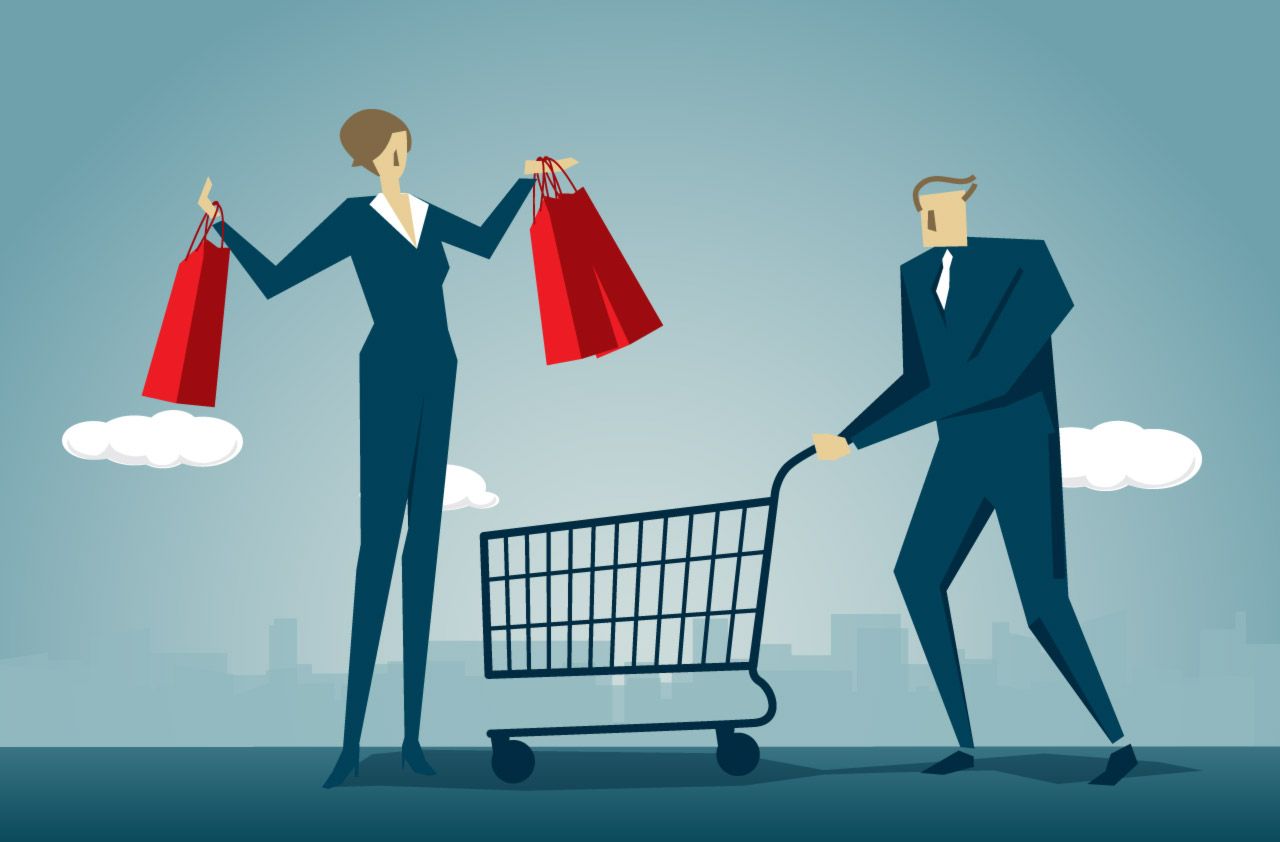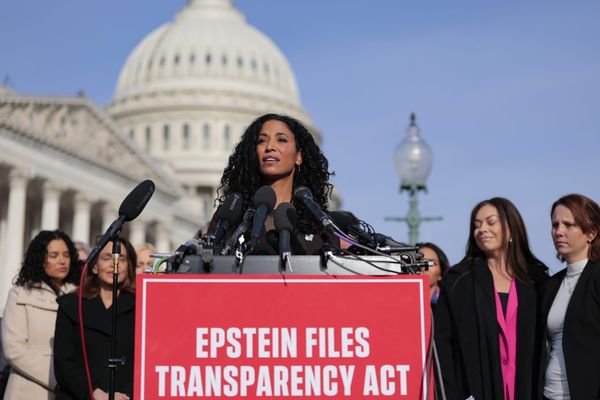
Kiplinger’s Economic Outlooks are written by the staff of our weekly Kiplinger Letter and are unavailable elsewhere. Click here for a free issue of The Kiplinger Letter or to subscribe for the latest trends and forecasts from our highly experienced Kiplinger Letter team.
Retail sales excluding motor vehicles and gasoline did well in October, rising 0.5%. Strong online sales growth of 1.8% accounted for most of that gain, though in-store sales rose a solid 0.3%, as well. Rebounds from September’s declines took place in furniture and home furnishings, clothing and sporting goods. Miscellaneous store sales continued their surge, and even department stores did unusually well. Motor vehicle sales were the only fly in the ointment, falling 1.6%, but much of that was related to the expiration of EV tax credits at the end of September.
Restaurant and fast food sales saw an unusual decline in October. But spending on services excluding dining rose a healthy 0.4% in September. (September is the latest month for which services spending data other than dining are available.)
Holiday sales should grow around 4.2% from a year ago, with informal reports from Black Friday and Cyber Monday showing another strong increase from 2024. (The release date for official November data has not been announced yet.) This season’s sales pace is about on par with last year, though it will represent less growth in real spending because inflation has been higher this year. There is evidence that consumers are economizing, particularly moderate and lower-income households. In credit card data, the average transaction value for services has declined, even though the number of transactions has increased. That means that consumers are trading down, such as by choosing fast food instead of full-service restaurants.
Consumer spending growth is likely to be weaker going into next year because there are too many economic headwinds. Consumer sentiment measures appear to be softening again. The hiring slowdown in the labor market is creating job anxiety, even among those who are employed. Households tend to cut spending and add to savings when the possibility of losing a job looms. If the unemployment rate or initial claims for unemployment rise, that fear will intensify. Also, price increases caused by tariffs are starting to show up among home furnishings and other imported goods in the Consumer Price Index (CPI). Price increases could become more prevalent as inventories of goods that were stockpiled ahead of the tariffs start to run down and merchants begin passing on the cost of tariffs on goods they have imported recently. Consumers should pull back on buying imported goods as this happens.
There will be two tailwinds, however: Stock market capital gains distributions are likely to be strong at the end of the year, so there could be a spending bump among wealthier households when this happens. Motor vehicle purchases may get a boost, for example. Second, tax refunds in March and April should be larger than normal, especially in the Northeast and Pacific Coast states, given the lifting of the cap on state and local tax deductions on federal returns.







